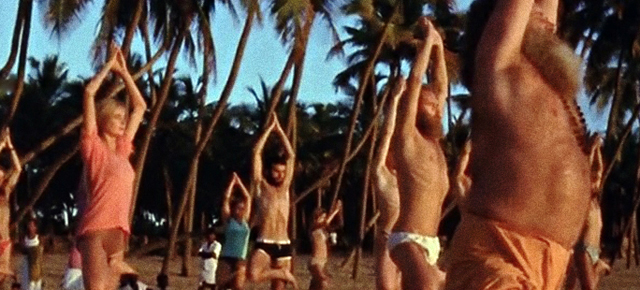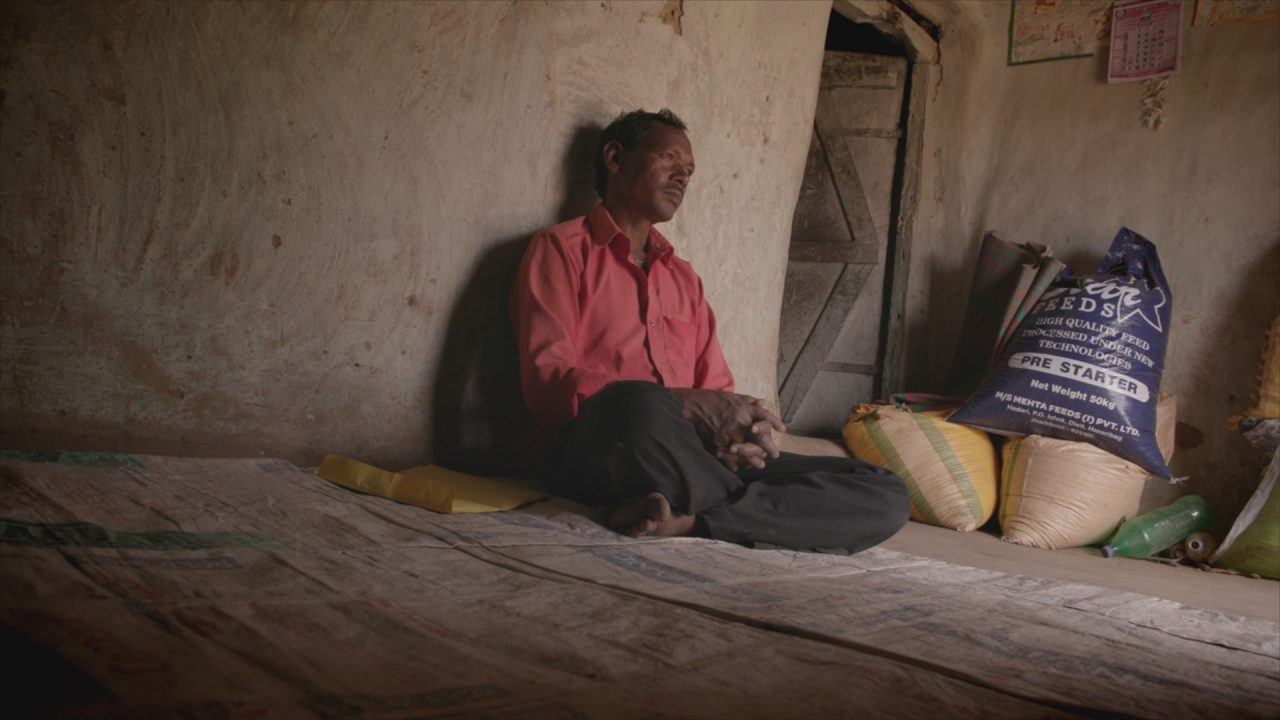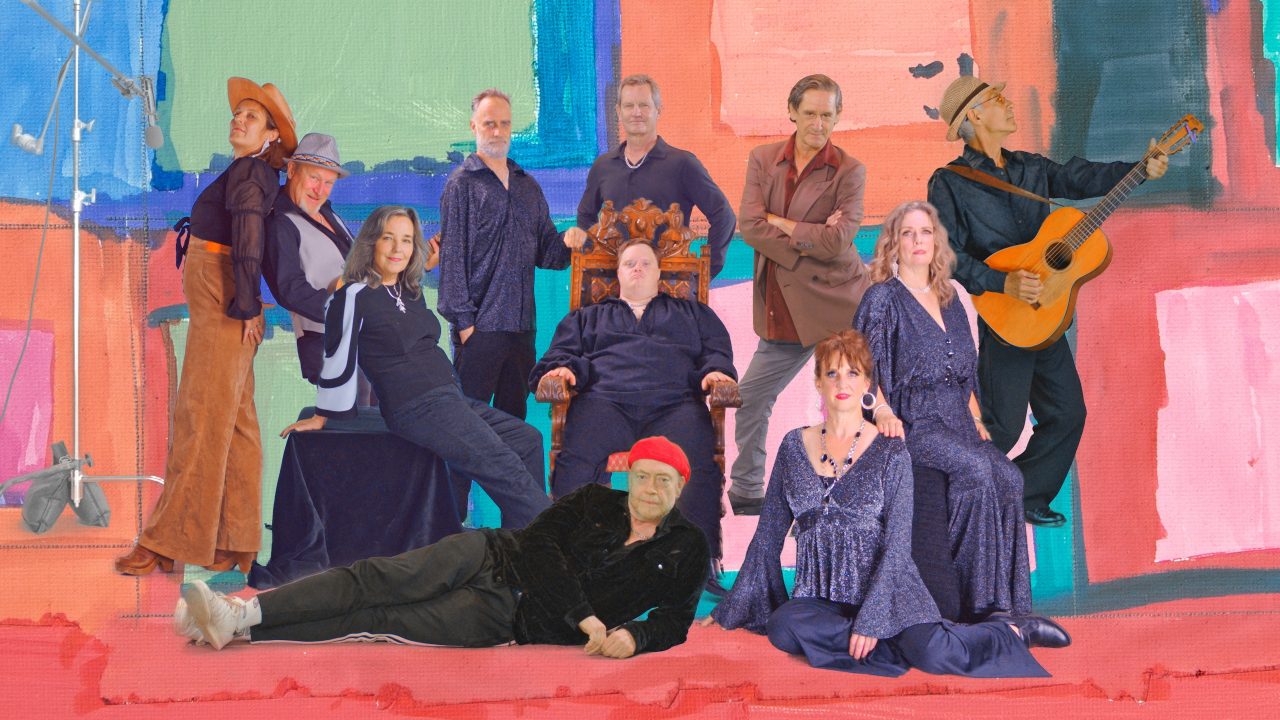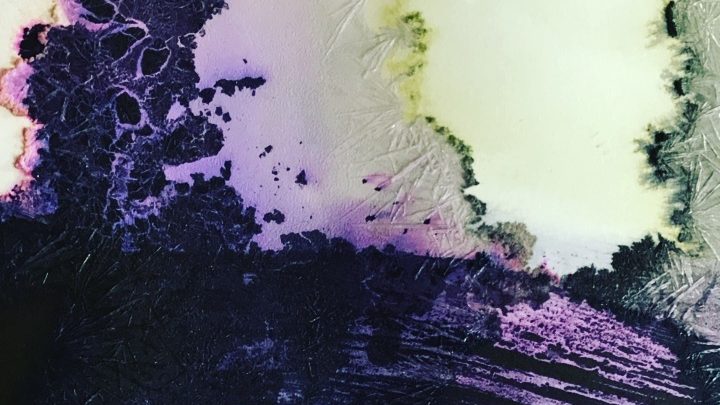
Trippy File: The India Trip
Trippy File: The India Trip
In the very early 1970s, Concordia University professor Albert Jordan packed up his things and left on sabbatical to India with his wife and kids. A French teacher, and a francophile, he’d developed a yearning for Pondicherry, a seaside town on the Bay of Bengal also known as “The French Riviera of the East”, a bitter-sweet epithet acquired through 250 years of French colonial rule. He spent a year there, and pulled a neat, surprising documentary out of it.
Appropriately titled The India Trip, the film uses the good old sandwich approach to present the wealth of material our French-enthusiast gathered during his stay on the subcontinent.
This sandwich’s first slice of bread is a quaint little city tour. From Ville Noire (where Tamils live), to the “more genteel” Ville Blanche (where prof Jordan and his family settle), we are led through Pondicherry’s bustling streets and markets. Highlight: The mobile film ad. Picture 2 panels plastered in posters heralding The Chastity Belt (with Tony Curtis and Monica Vitti), hauled by 2 oxen and accompanied by live percussion, courtesy of the drummers drumming with abandon between the panels.
The other slice of bread, at the other end of the 50 minutes, contains more Pondicherry excitement. This time there’s a crowd awaiting the erection of a massive, scary-faced Shiva effigy, which is then paraded through town by the power of dozens of devotees strenuously pulling it around with ropes, as well as the funeral procession and subsequent burial of a deceased child (quizzically adorned with large black sunglasses). Highlight: The ancient sect (“ancient sex, one might even say,” the narrator adds in a rare flight of cheeky) of transvestite temple attendants we see dancing and fake-blushing.
The meat, between these 2 slices of ethnographic context, is juicy with all you know (or the stereotypes you’ve heard) about Westerners kicking it in India in the 1970s: it’s all ashram and guru and downward dog on the beach. “I had come to Pondicherry to find remnants of colonialism,” the narrator says, “only to find a more… peaceful invasion.”
Pondicherry, as it turns out, is a hotbed of all things “Ommmm.” First there’s the Sri Aurobindo Ashram, a religious community and retreat founded by Indian nationalist, freedom fighter, philosopher, yogi, guru, and poet Sri Aurobindo. There, we catch a glimpse of Mira Alfassa, indiscriminately known as The Mother, a 94-year-old French-born woman (and vastly enigmatic figure) who oversaw the ashram until her (physical?) death in 1973. The Mother, filmed on her annual balcony apparition, is seen by many as an incarnation of the divine.
Next door to Pondicherry is Auroville, an utopian city built on Sri Aurobindo’s principles, and, incidentally, Mother’s favourite project. To me (and I do know a few things about hippies), Auroville looked like your standard hippie commune (long beards, lots of kids, no pay), but with way more spirituality, nicer weather, and better architects. The whole enterprise seemed right about ready to tank and fail (cue the Dutch couple who hated it and couldn’t get back to “cool, clean, quiet, predictable Holland” fast enough), but a cursory look upon the Internet revealed that Mother’s pet project isn’t only alive and well – it even has a website.
In Auroville we meet Janet, from Newfoundland, who’s a huge water conservation geek and the first Canadian woman to settle in the community; the aforementioned Dutch couple who couldn’t hack the “village noises and the children screaming”; and a man in a pink shirt and pink skin who speaks amazingly slowly and channels his love of all things Hellenic by way of massive statues he erects on a lush little island given him by Mother. (Hello there, Freud.)
But the Highlight of highlights goes to Austin Delaney, the “extroverted yogi” from Vancouver. With the most curious accent around (people love to talk about the Canadian “eh” but Delaney’s short “hah” at the end of almost everything is in a class of its own), and a beard like Poseidon (except blond), he discusses everything from tree houses, mapping the subconscious of children by way of small sandboxes filled with toys (bones, dentures and skulls all qualify as toys), the spiritual nature of Expo 67 and the need to “shout hurrah.” Even if just for this guy, give The India Trip a watch. It’s trippy.
The India Trip, Bill Davies, provided by the National Film Board of Canada




Just back from Pondi myself, it is fun to see another Canadian academic ‘discovering’ the lovely contradictions and juxtapositions that is Pondicherry. Viewing this footage from 1970s, I can recognize much, though Pondi in 2012 has become busier, noisier, dirtier, more crowded, and there are more Tamils visible in “White Town”. The Ashram remains, in fact has expanded, and the Auroville project has proceeded, with the crafts and arts and The Mother’s temple. The India Trip seems to imply plus ça change, plus c’est la même chose.